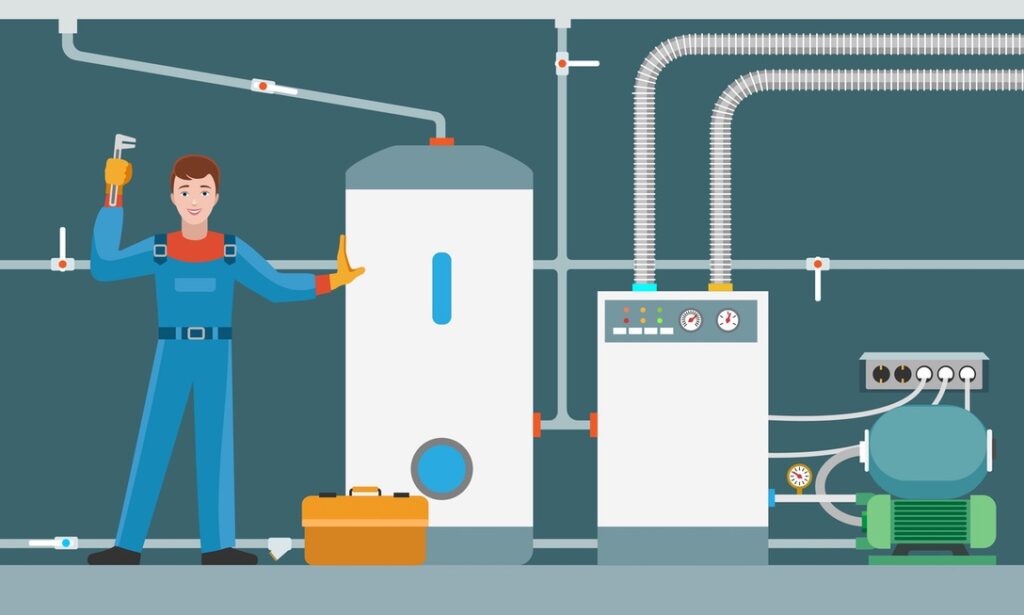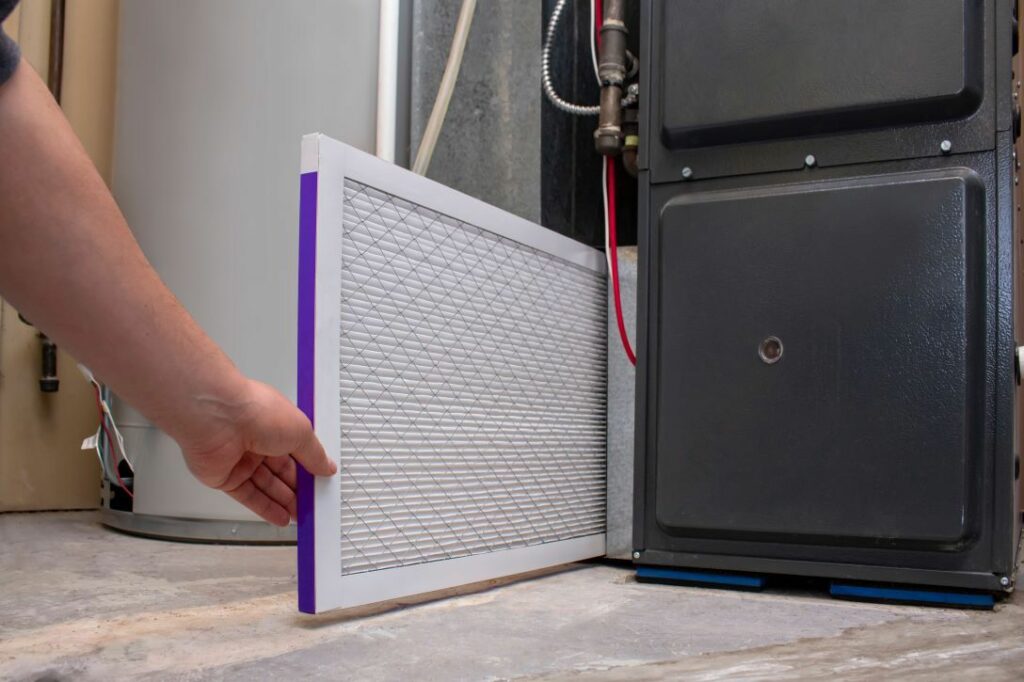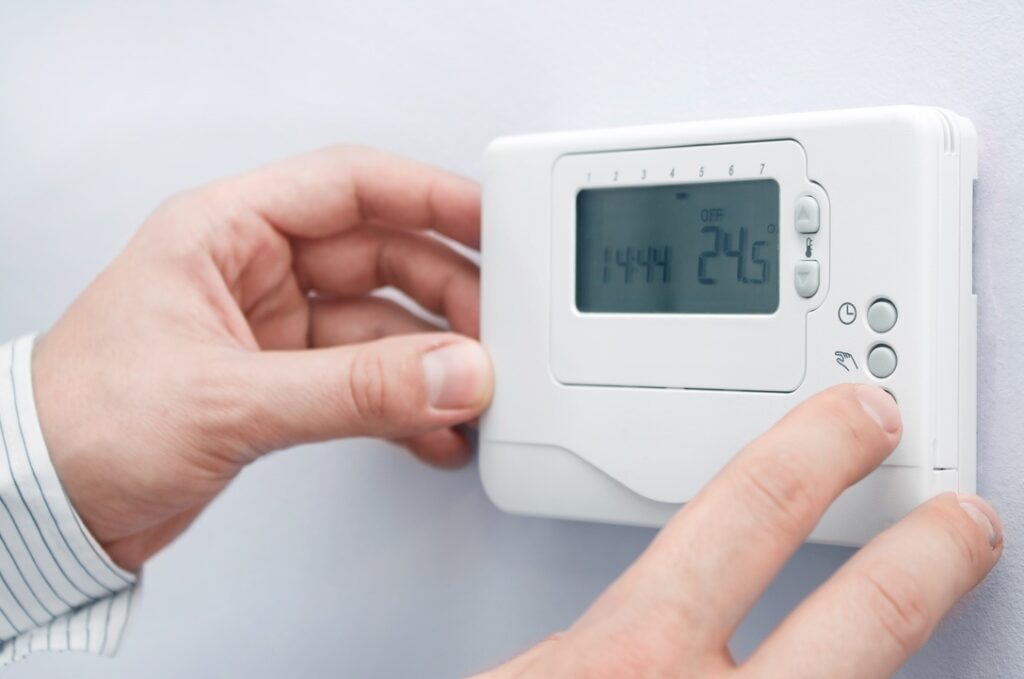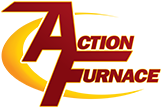When Should You Replace Your Furnace?
If you experience any of the following, it might be time to call us about a replacement furnace:
...
When Should You Replace Your Furnace?
If you experience any of the following, it might be time to call us about a replacement furnace:
- Your furnace is more than 15 years old (older systems are less efficient and more prone to breaking down)
- Your energy bills are increasing without increased use
- You hear unusual noises or rattles (these often happen before major malfunctions)
- You notice one room is heated properly while other rooms are not (older units often struggle to pump air evenly)
- Your home is becoming more humid
- It seems like you’re spending more time and money on furnace repairs (new systems offset their costs by saving you money on maintenance)
What if You Don’t Replace Your Furnace Soon Enough?
Like most major home appliances, your furnace is going to need replacing at some point. We recommend you replace your furnace before it has a chance to fail completely. Here’s why:
- Regular maintenance saves money in the long run, since emergency HVAC services can be far more costly.
- Unexpected breakdowns can be inconvenient—for example, it can be extremely uncomfortable if your furnace dies suddenly in the middle of winter, leaving your home without heat.
- Replacing your furnace earlier lowers your energy bills sooner and helps you save more money in the long run.
- Planning ahead to replace your furnace before it dies gives you control in the decision-making process, as well as ample time to research replacement options and save up for a new unit if necessary.
Different Types of Furnaces & How Long They Last
All forced air furnaces use the same basic technology: a fuel source heats air and a blower fan moves it into the rooms of your home through a series of ducts and supply vents. Cold air is drawn back into the furnace through return vents and the cycle repeats.
See also: Electric vs. Gas Furnace: Which Is Best For Albertans?
However, forced air furnaces can use a variety of different fuel types, which can also affect their required maintenance and lifespan. Here’s an overview:
Natural Gas Furnaces
Natural gas furnaces are the most popular choice in Canada to heat homes. Modern natural gas furnaces are up to 98% efficient, and the average lifespan ranges between 15 and 20 years depending on how well they are maintained.
Oil Furnace
Oil furnaces are typically 80-90% efficient, and their average lifespan is around 25 years. They are typically most practical in rural or remote areas without access to natural gas lines.
Electric Furnace
These furnaces use electric heating elements to warm the air rather than a combustible fuel source like oil or gas. Electric furnaces are usually much lower in purchase price than natural gas, but use more electricity (making them more expensive in some regions depending on electricity prices).
Modern electric furnaces are almost 100% efficient and have a lifespan of 20 to 30 years depending on maintenance.
Propane Furnace
Propane furnaces are not as common as natural gas or electric furnaces, but like oil furnaces, they’re often used in areas where gas or electricity is exceedingly expensive. Propane furnaces are 90-98% efficient and have a lifespan of 15-20 years with proper maintenance.

How to Prepare for Your Furnace Installation
When you call Action Furnace, our technicians will assess your home and consider the square footage, as well as your budget and expectations—then recommend a furnace type that helps you enjoy energy-efficient comfort whenever it gets cold.
See also: 7 Things To Expect From Your Furnace Replacement Professional
We may also recommend repairs to your home’s heating envelope (windows, doors, insulation, and other seals) that will keep your home’s temperature in balance. In doing so, you’ll get the most efficient heating system for your specific needs.
Before we arrive for the installation, take these steps to ensure the process goes smoothly and quickly:
- Clear the area surrounding your furnace so the technician has adequate room to work.
- The technician will need a clear path to bring in your new furnace—removing any objects or furniture in the area is a great way to ensure your technician can bring in the new furnace safely.
- If you have children or any pets, it's important to keep them away from the work area, making a safe environment for your family and the technician as well.
How Long Does Installing a New Furnace Take?
Furnace installation times vary due to many factors. The longest part of replacing your furnace is removing the old one in preparation for the new one. On average, a furnace replacement can take between 4 and 10 hours, depending on the size and complexity of the installation.
An important part of furnace replacement that often gets overlooked is the ductwork in your home. Additional time may be needed if the ductwork needs to be replaced. Our experts conduct a 50-point inspection checklist after every installation to ensure your new system is running perfectly before we leave.
Working From Home While Your Furnace Is Installed
Working from home has become very common over the last couple years. HVAC technicians will use tools that can cause loud noises, so if you’re working from home, we recommend choosing an area that’s furthest away from your furnace room. Additionally, you can use noise-cancelling headphones to keep noise levels down.
Cleaning Up After Your Furnace Installation
Choosing a company that respects you and your home is an important factor with any home maintenance. Our professional technicians will make sure to leave the work area the way it was when they arrived. This includes taking any garbage with them and cleaning up debris up when they are done. At Action Furnace, we take a lot of pride in our work and will leave your home cleaner than how we found it!
In addition to cleaning up the work area, we can also take your old furnace when we leave and make sure it is disposed of properly. That way your furnace replacement is completed when our technician leaves—no extra steps needed.

How to Maintain Your New Furnace
No matter the type of furnace, the cost associated is high—that’s why it’s good practice to keep your investment properly maintained. Every month, check your furnace’s air filter for dust and debris, and clean or replace it as needed. You can also check and clean the supply and return vents in the rooms of your home, and check your thermostat to make sure it’s programmed properly.

Routine Professional Service
Each type of furnace also has specific service needs that can only be met by qualified furnace professionals. Here are a few of the most important:
- Cleaning the ducts
- Cleaning the blower fan
- Cleaning the heating element (for electric models)
- Cleaning the burners, pilot light, and flue (for natural gas, oil, and propane models)
- Cleaning the oil filter (for oil models only)
When we visit your home for routine maintenance, we’ll perform these tasks and others to ensure your new furnace keeps operating properly.
Warm Up With Action Furnace
Knowing more about the different types of furnaces and how they function helps you plan to replace your old furnace with a new unit installed by experienced professionals. It also lets you keep it operating efficiently with appropriate maintenance. Contact Action Furnace to learn more about the best way to put a new furnace in your home today.



